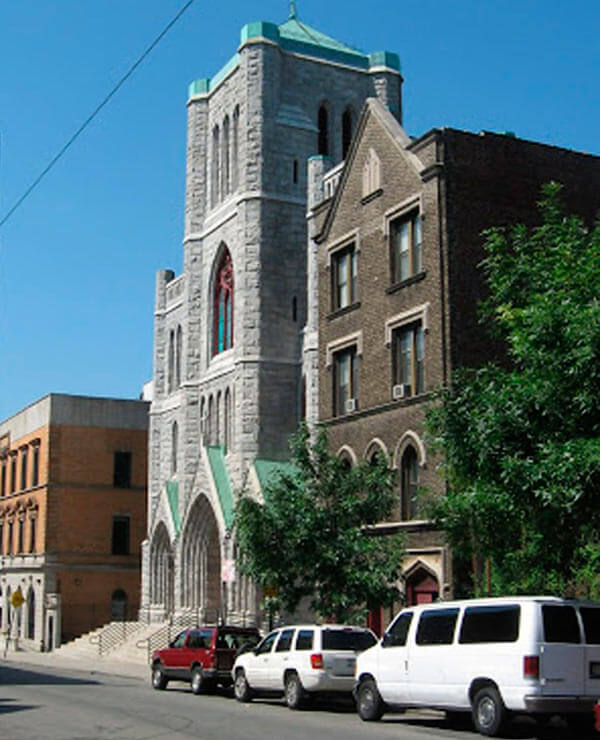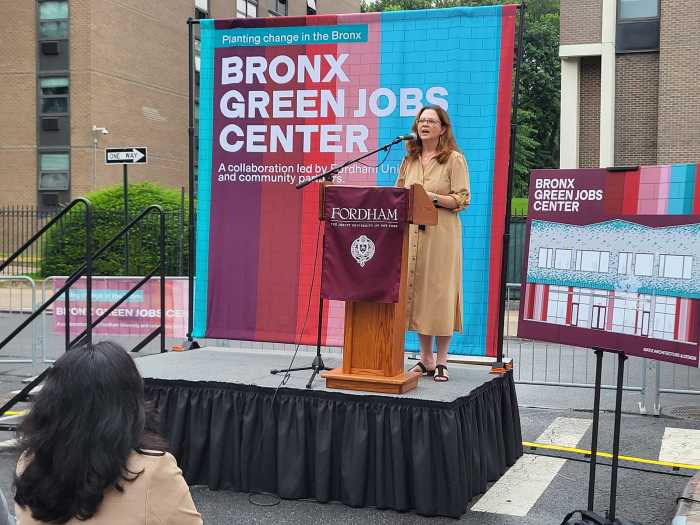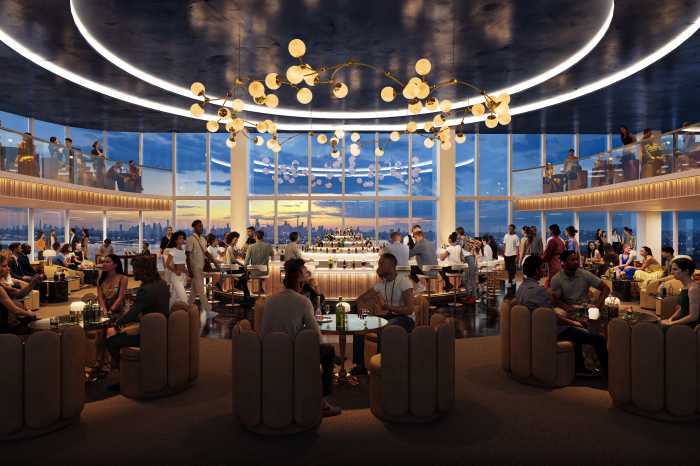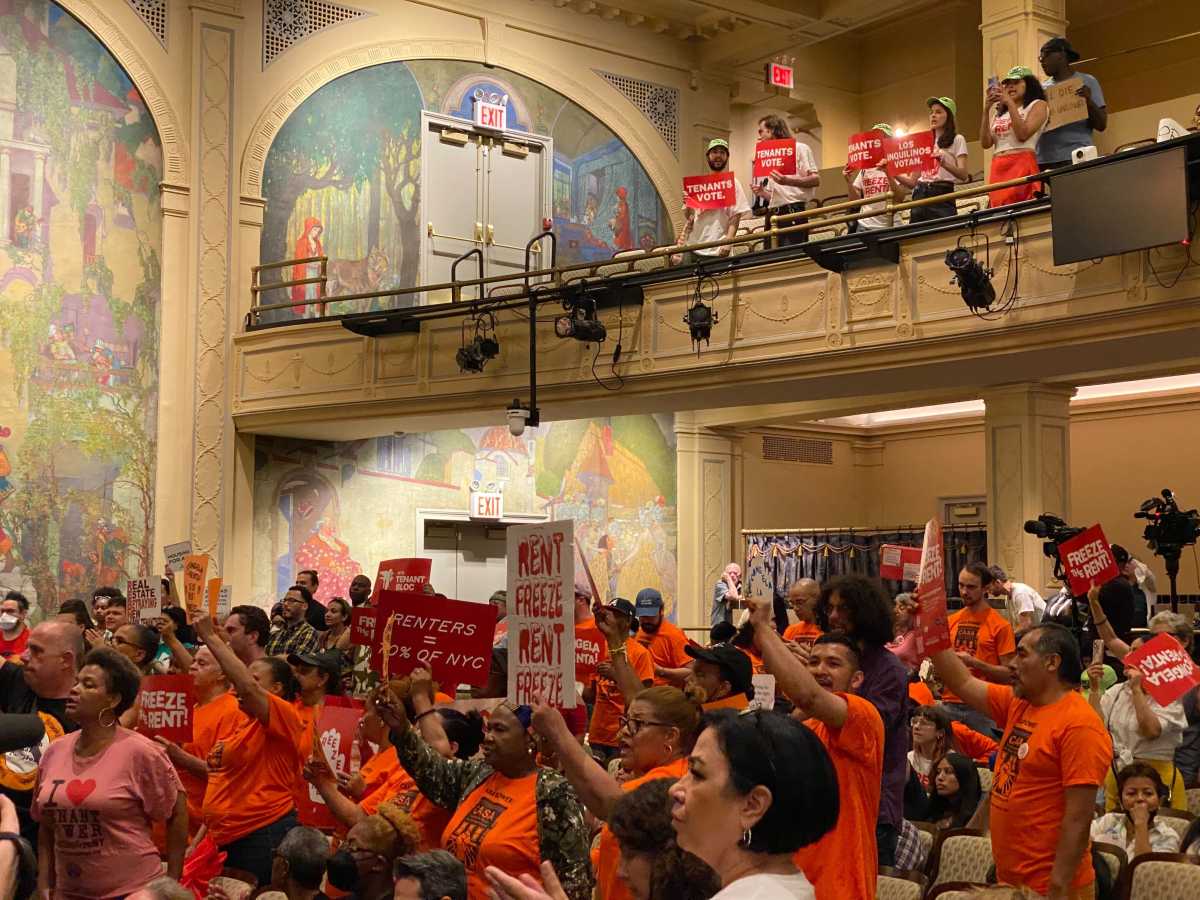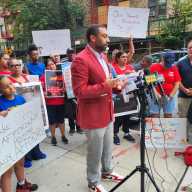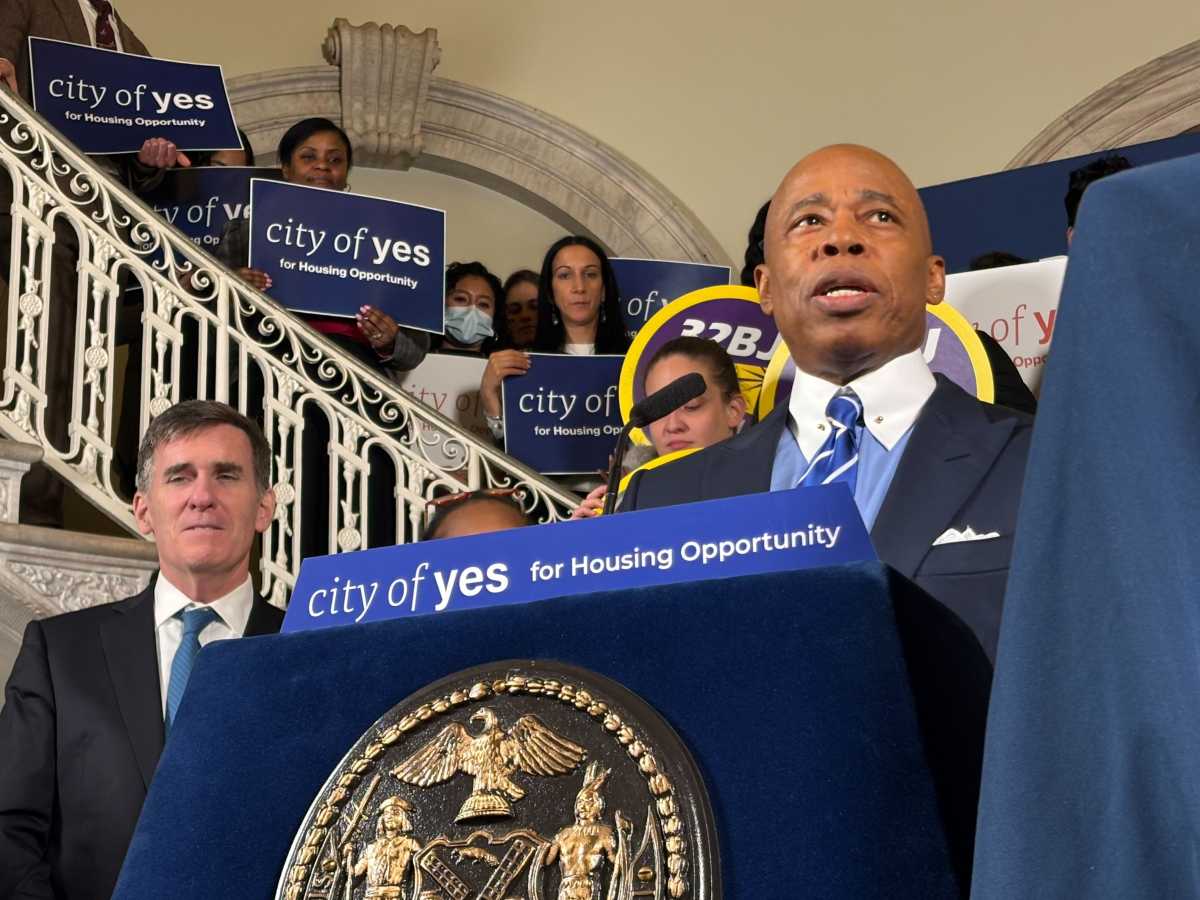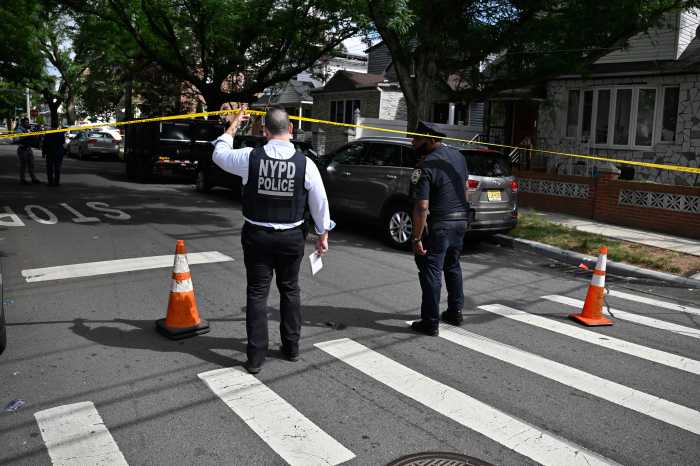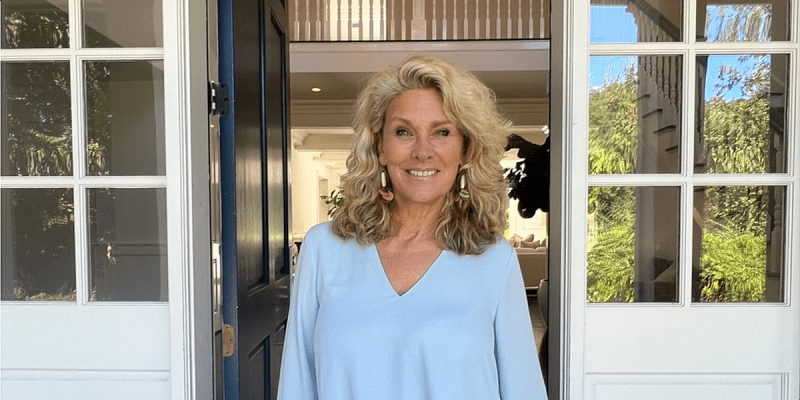The Archdiocese of New York deconsecrated four more churches on Thursday, November 30: St. Roch’s and St. Pius V, both in Mott Haven; Our Lady of Pity in Melrose; and St. Joseph’s in Tremont.
The deconsecrations set the stage for the eventual sale of the properties.
These latest deconsecrations join four other parishes — St. Brendan/St. Ann, St. John/Visitation — which merged into two and resulted in the churches of St. Ann and Visitation being ‘deconsecrated’ over the summer.
With the ongoing development boom in the Bronx, particularly in the south Bronx which is fueling gentrification, by relegating these churches from sacred to profane use —called ‘deconsecration’ — the Catholic Church will play a role as developers buy these properties located in prime locations, according to Welcome2thebronx.
The Archdiocese has yet to put them up for sale, but this is generally the last process before putting them on the market.
Church officials contend these sacred places of worship are not museums and that the church is made up of its parishioners and not a brick and mortar building.
Particularly in the south Bronx, these places have played an important role in the preservation of communities.
Bronx resident Felix Cepeda thinks these churches should be used as sanctuaries for undocumented immigrants facing deportation.
“As a Catholic, I feel these churches should be used to offer sanctuary to immigrants facing deportation, serve the homeless and as a community spaces, not to be sold to the rich,” Cepeda told Welcome2TheBronx.
Parishioners had until Sunday, December 10, to appeal to the Archdiocese for reconsideration of their decision.
As Catholic parishes in the Bronx continue to merge, some parishioners have had to choose another location to worship.
During the summer, the church of St. Brendan, 333 E. 206th Street, absorbed former St. Ann parishioners; and the church of St. John, 321 Kingsbridge Avenue, absorbed former Visitation parishioners.
“Several years ago we went through a lengthly parish planning process called ‘Making All Things New,’” Joseph Zwilling, director of the office of communications for the archdiocese, told the Bronx Times Reporter.
“We looked at all parishes in all parts of the archdiocese, what our needs and resources were, needs of the people were, and how best to use our resources to meet those needs; and how we can use them to build vibrant communities of faith,” Zwilling said.
At first, with the mergers of certain parishes, both church buildings continued to be used for Masses and sacraments.
In other cases, only one of the church buildings would be used on a regular basis, and the other would be returned to service on special occasions.
Then, parishes requested permission to dispose of one of their church buildings, according to Zwilling.
As no longer a consecrated space, such church buildings would no longer be appropriate to offer Masses and sacraments.
When a church is closed in this fashion, a team goes in and reviews what is of sacramental and liturgical importance and what has monetary, historical and artistic value, according to Zwilling.
Such items are preserved in a warehouse on Staten Island.
If a church is looking for an altar, a statue of Saint Ann or a set of stained glass windows, for example, they have a resource at that warehouse, where they can find such items and use them in the new church.
Should a parish decide it wants to do something else with the building that has been reduced to a deconsecrated state, it may want to convert it to something for Catholic charities, or to lease it to another religious group, or sell it outright.
The Catholic church restricts reuse of a church building.
The building cannot be used for anything that would violate church teachings, according to Zwilling.
For example, housing working class families on the site would be considered a secular, non-church purpose.
But selling a church to Planned Parenthood to be used as an abortion clinic would not be allowed because the building cannot serve purposes contrary to the Catholic faith.

